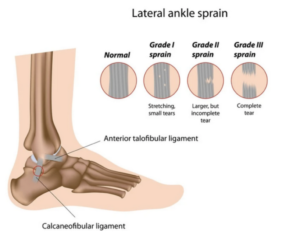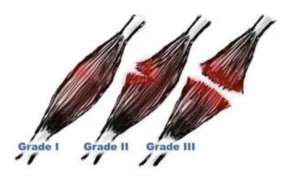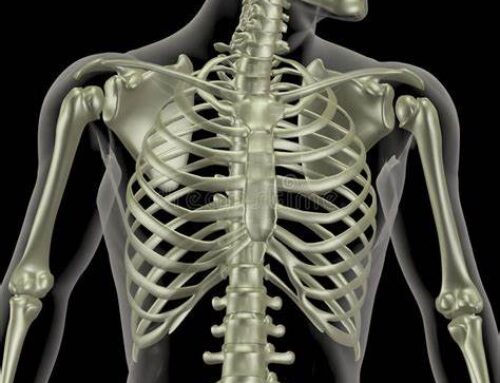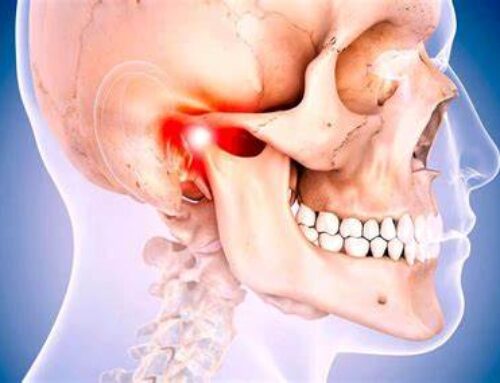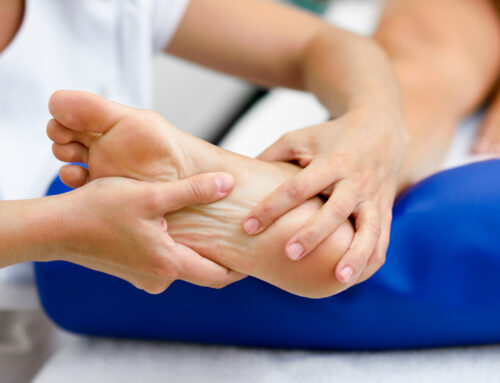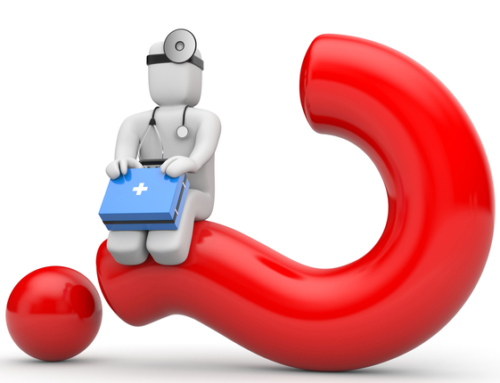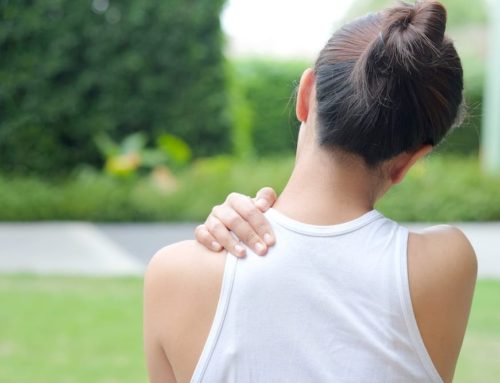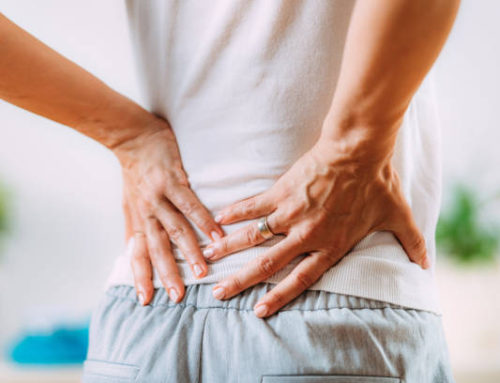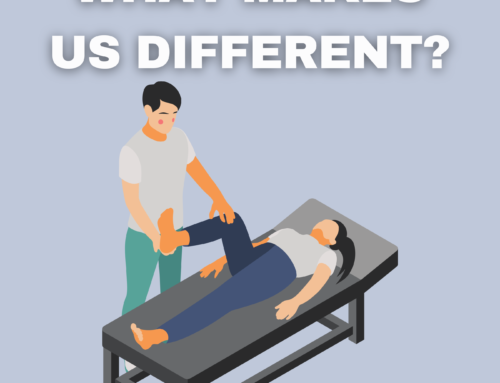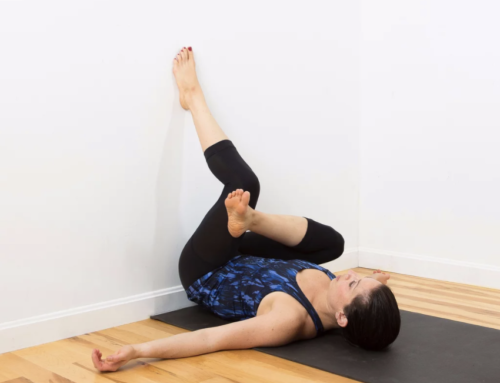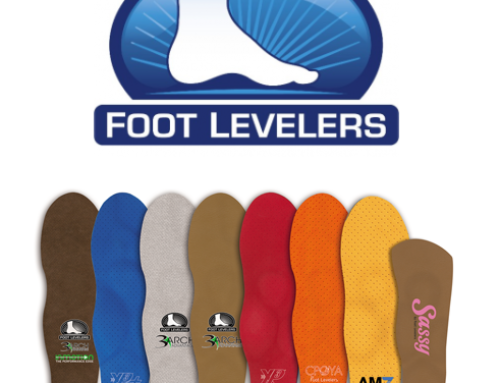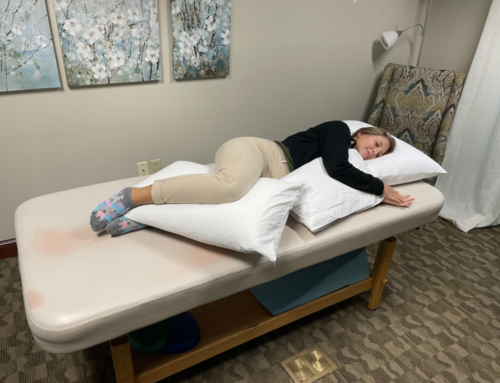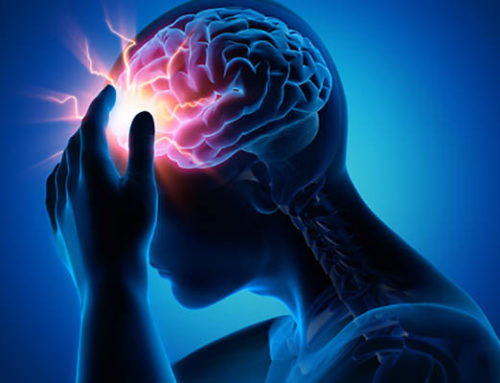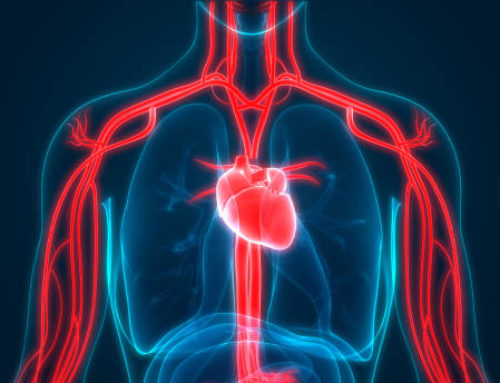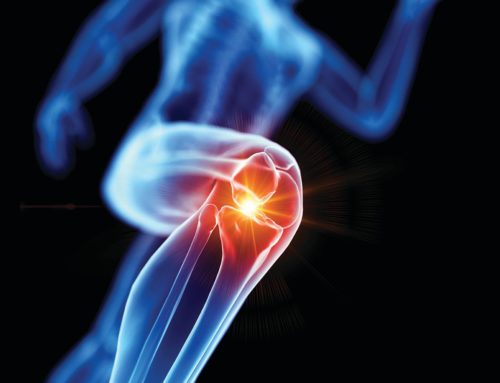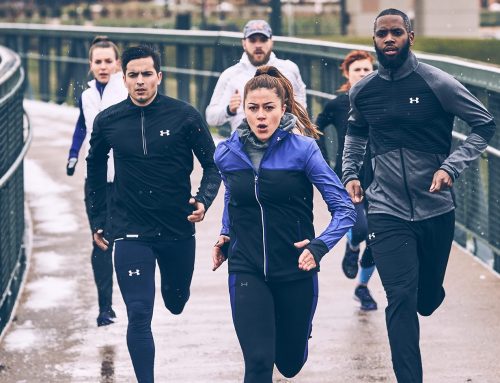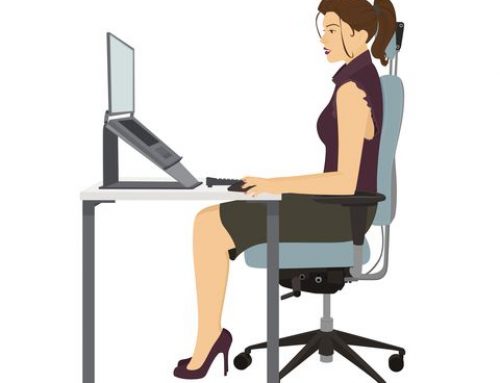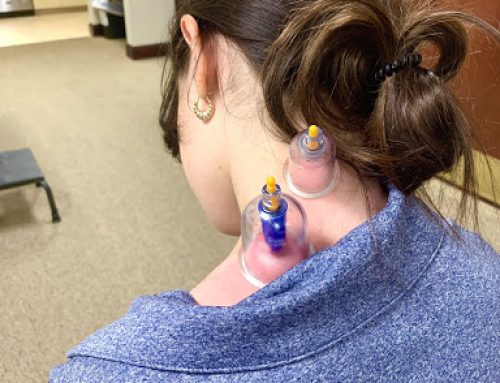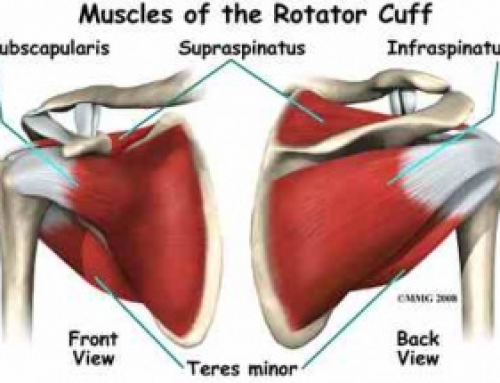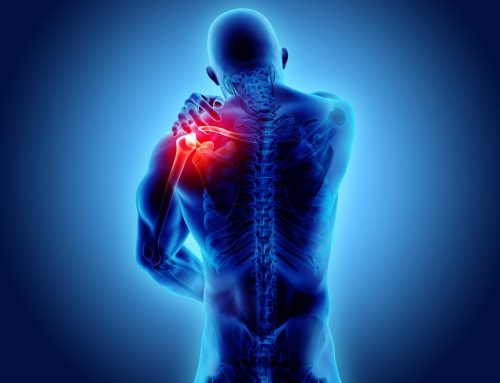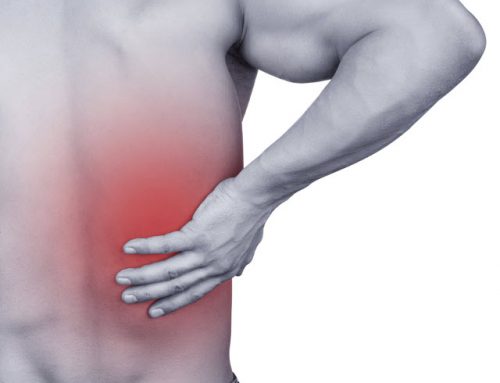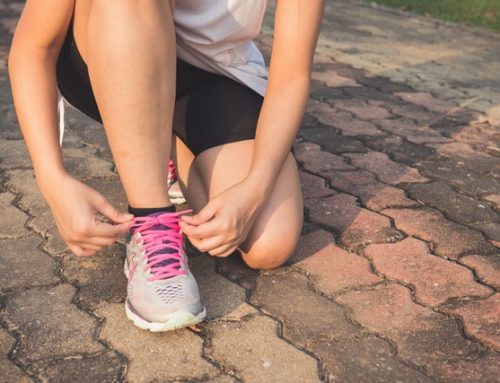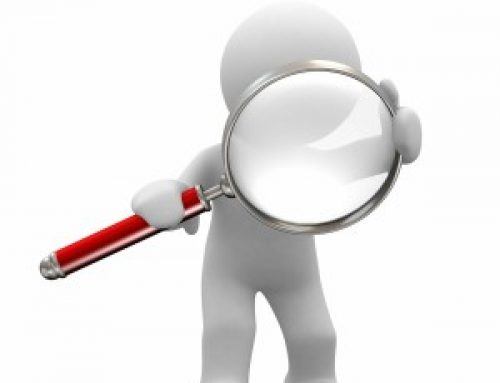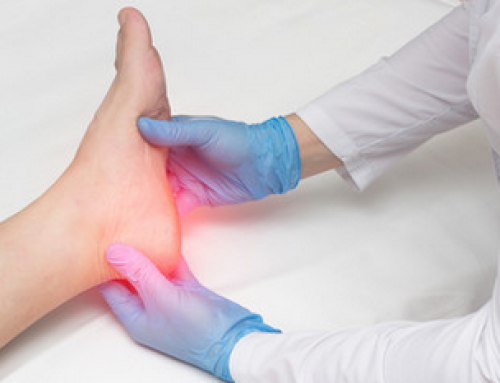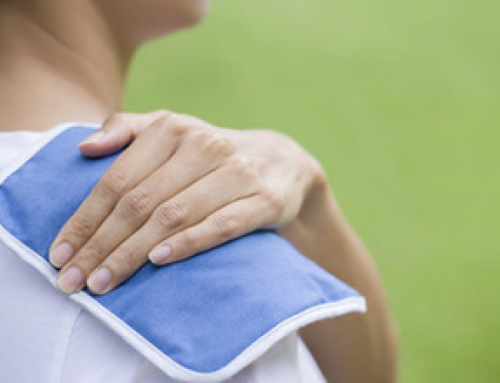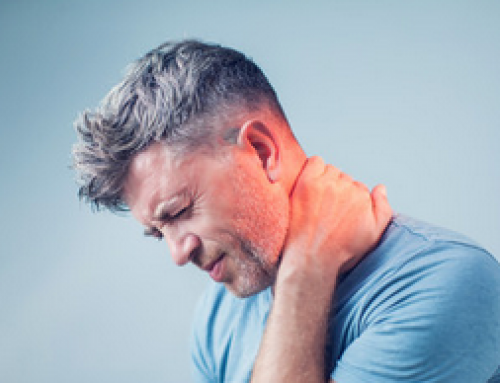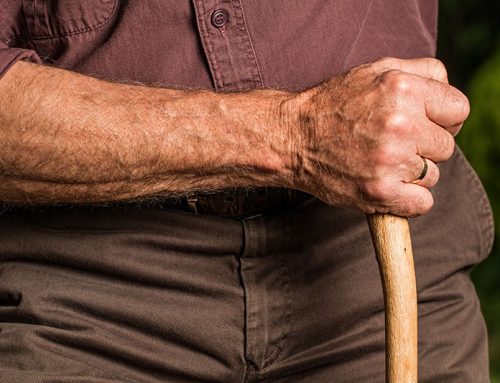Have you ever gone to see your doctor after an injury and been diagnosed with a sprain or a strain?
Or have you ever been told that a muscle, tendon, or ligament was torn?
Sometimes these diagnoses can be a little scary, especially if you are unsure what these terms mean.
Here’s a breakdown:
Sprains-
Sprains are essentially tearing in ligamentous structures of the body.
A ligament is a band of tissue that crosses over a joint that goes from a bony structure to another bony structure, and provides passive support to the joint it crosses.
We sprain ligaments when we inappropriately load a joint causing excessive stretch and stress of the ligament, such as rolling the ankle quickly and feeling a pop or pain on the outside of the ankle.
Sprains are typically graded in threes. A grade 1 sprain is considered micro-trauma to the ligament, where we get only mild stretching of the ligament with very small tearing if anything, and the ligament can still function appropriately afterwards. These can take typically 2 days to 2 weeks to heel back to normal.
A grade 2 sprain is when there is partial tearing of the ligament, but it is not torn completely through. These can typically take 2 weeks to 8 weeks to heal.
A grade 3 sprain is a complete tear of the ligament, and depending on the ligament torn, the demographics of the individual, and the goals of the individual in terms of returning to previous activity level, these may be able to heal in 6 weeks to 6 months or could require surgical intervention.
Strains-
Strains are very similar to sprains, but involve tearing of muscle or tendon tissue instead of ligaments.
These are the structures that provide the active support of our joints. Just like with ligaments, when we overload these structures we can have micro-tearing (grade 1 strains), partial tearing (grade 2 strains), and full thickness tearing (grade 3 strains).
Depending on the specific muscles or tendons involved, healing times are typically similar to ligament sprains.
Acute treatment of sprains and strains involves rest, ice, and compression to control the inflammatory response initially, as well as gentle ROM activities and early loading of the tissues involved for mild sprains and strains.
It is important to seek treatment from your physical therapist or physician right away after injury, so that you can be treated appropriately and to get you back to activities as early as possible.
We can help!
If you think you have experienced a sprain or strain, or have been diagnosed by your physician, we can help!
Please call us to speak with one of our expert physical therapist at Innovative Physical Therapy so that we can help you return to your prior level of function.


